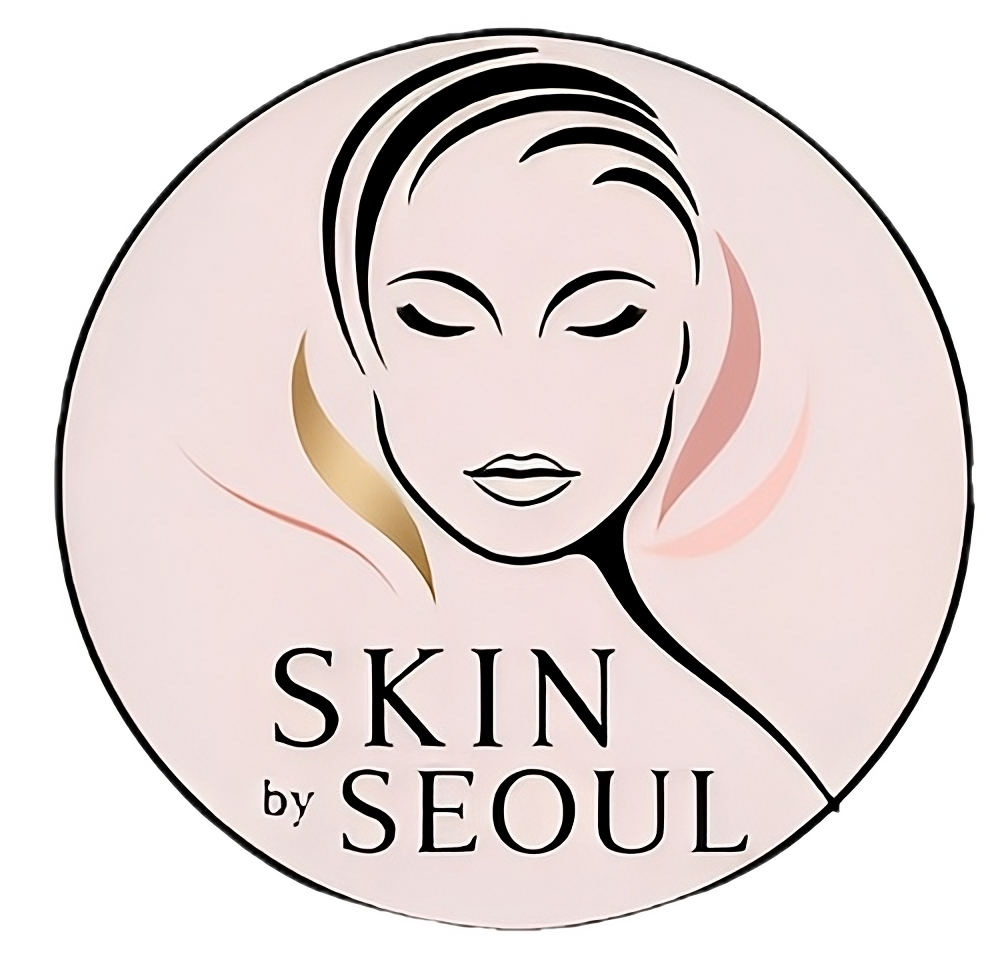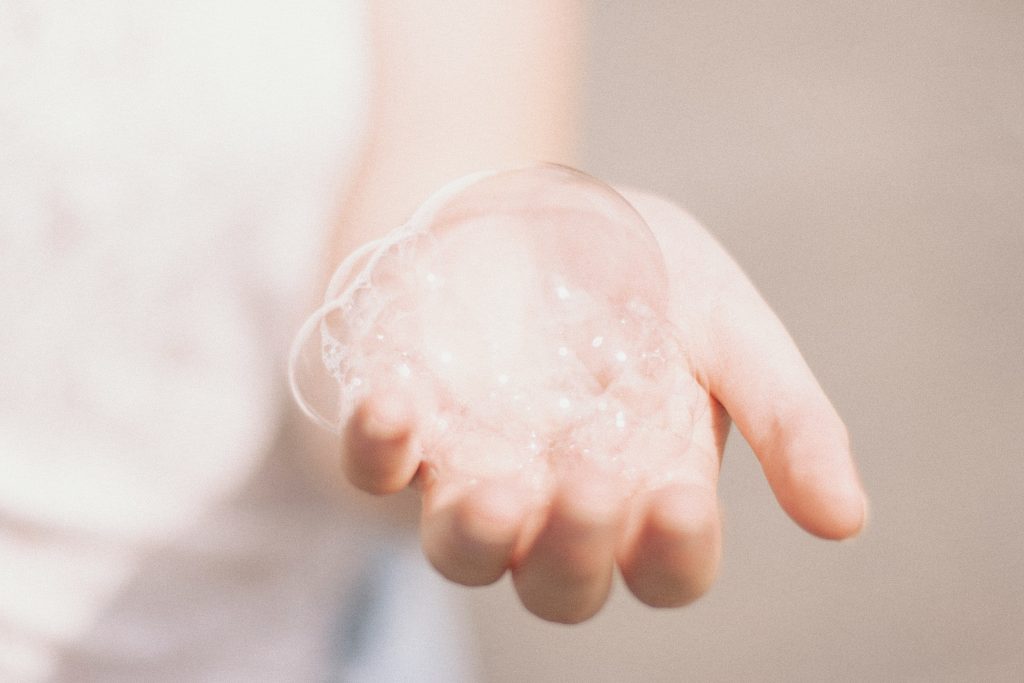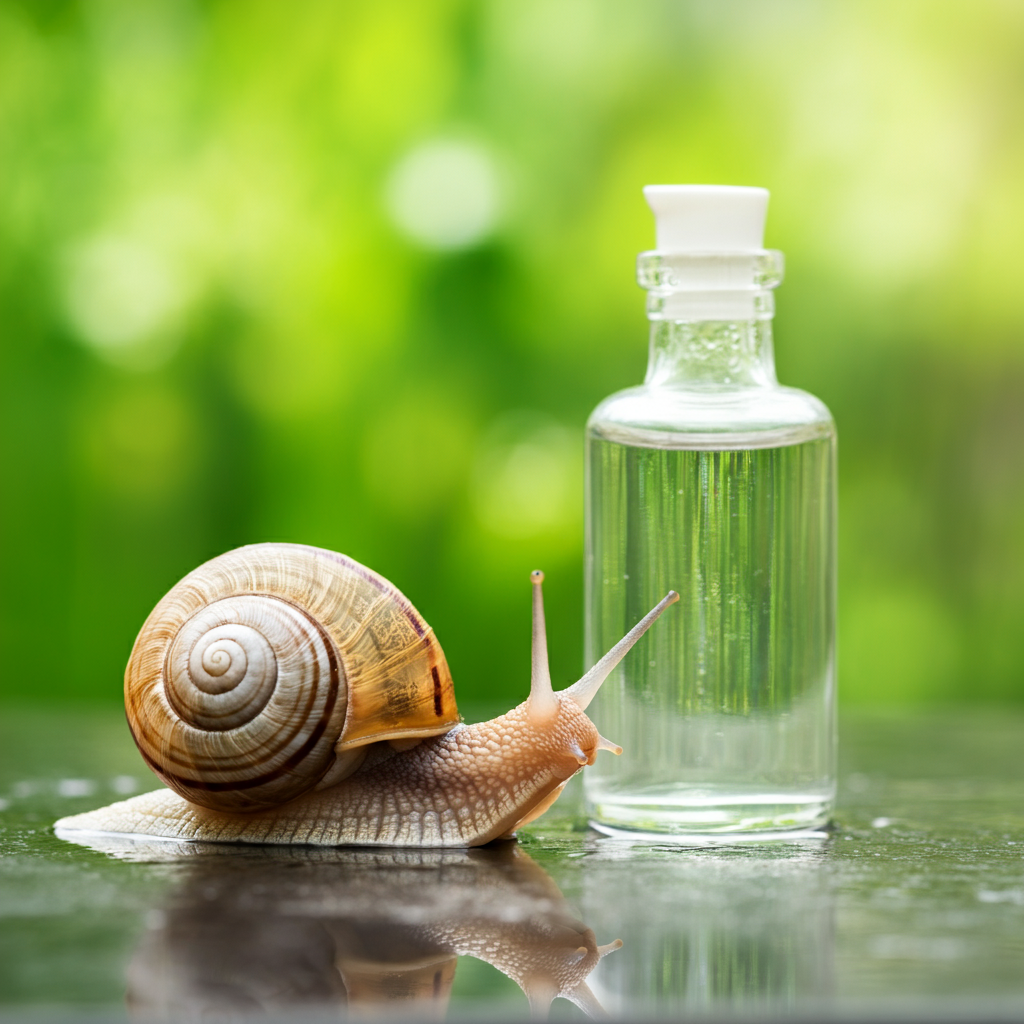How To Remove Dark Spots: Proven Products and Routines

Dark spots, also known as hyperpigmentation, can be a real challenge. They often form due to sun damage, hormone changes, aging, or even acne. If you’re here, you’re probably looking for evidence-based solutions that actually work—and you’re in the right place! This guide dives deep into products and ingredients that can help fade dark spots and brighten your skin. With patience and consistency, you’ll be on your way to glowing, even-toned skin.
Understanding Hyperpigmentation
Hyperpigmentation happens when your skin overproduces melanin, the pigment responsible for your skin’s color. Dark spots on the surface can result from trauma to the skin (think acne scars or cuts) or external factors like UV exposure. While it’s not always easy to get rid of these, the good news is that many treatments can significantly help.
Key Ingredients to Target Dark Spots
Certain active ingredients are particularly effective when it comes to diminishing dark spots. Understanding them is vital before building your skincare routine.
1. Niacinamide
This all-star ingredient works wonders for calming inflammation and regulating melanin production. It’s gentle yet effective, making it perfect for those with sensitive skin or a history of redness.
2. Alpha Arbutin
Derived from plants, alpha arbutin helps inhibit melanin production. It’s often hailed as a safer, less irritating alternative to hydroquinone.
3. Retinoids
Retinoids (or their over-the-counter cousin, retinol) speed up skin cell turnover. They not only fade spots but also improve the texture of your skin over time. Retinoids should be introduced gradually to avoid irritation.
4. Vitamin C
A must-have for anyone dealing with discoloration, vitamin C is a powerful antioxidant. It fights free radicals, brightens skin, and boosts collagen production, leaving you with a more even complexion.
5. Kojic Acid
This natural ingredient, derived from fermented rice or soy, lightens spots by targeting melanin production.
6. Azelaic Acid
A dermatologist-approved option often prescribed for acne, azelaic acid reduces redness and pigmentation caused by inflammation.
7. Chemical Exfoliants (AHAs and BHAs)
Acids like glycolic acid (AHA) and salicylic acid (BHA) remove dead skin cells and improve product absorption. Glycolic acid, in particular, can brighten and even out your complexion when used consistently.
8. Sunscreen (Your Non-Negotiable Step)
Even the most potent treatments won’t work unless you protect your skin daily with broad-spectrum sunscreen. UV rays can make spots darker and prevent healing.
Top Recommendations for Dark Spot Management
Here’s a curated comparison of some of the best products on the market, organized by their star ingredients and what they offer:
| Product Name | Key Ingredients | Key Benefits | Skin Type Suitability |
|---|---|---|---|
| The Ordinary Alpha Arbutin 2% | Alpha Arbutin, Hyaluronic Acid | Brightens, hydrates | All skin types |
| The Inkey List Niacinamide | Niacinamide | Reduces dark spots, calms redness | Oily, sensitive, acne-prone |
| Differin Gel | Adapalene (Retinoid) | Fades discoloration, smooths texture | Acne-prone or combination skin |
| SkinCeuticals C E Ferulic | Vitamin C, Ferulic Acid | Brightens, neutralizes free radicals | Normal to dry skin |
| Paula’s Choice Azelaic Acid Booster | Azelaic Acid | Treats redness and pigmentation | Sensitive, acne-prone |
| Murad Rapid Age Spot Correcting Serum | Glycolic Acid, Vitamin C | Visibly brightens within weeks | All skin types |
Best Practices for Treating Dark Spots
Simply buying the right products isn’t enough. Here are a few must-follow tips for success:
1. Always Patch Test
Some active ingredients can irritate your skin, especially when layered together. Always patch test on a small area first.
2. Start Slow and Layer Thoughtfully
Introduce one active ingredient into your routine at a time. Using too many products that target pigmentation could lead to over-exfoliation and sensitivity.
3. Consistency Is Everything
For best results, patience and consistency are key. Most dark-spot treatments take a minimum of 6-8 weeks to show noticeable improvements.
4. Never Skip Sunscreen
Your sunscreen is your skin’s best friend. Daily SPF is crucial to prevent worsening and protect your progress.
Q&A Guide on Treating Dark Spots
Q1. Can I use multiple dark-spot treatments at once?
You can, but proceed with caution! Avoid pairing retinoids with high concentrations of vitamin C to prevent irritation. It’s better to alternate active ingredients (e.g., retinoids at night, vitamin C in the morning).
Q2. What’s the fastest way to see results?
Consistency is critical. While treatments like chemical peels at a dermatologist’s office offer faster results, at-home remedies will take 6–12 weeks to work.
Q3. Does diet affect hyperpigmentation?
Yes! Eating foods rich in antioxidants (e.g., berries, dark leafy greens) and collagen-boosting properties can support skin healing. Stay hydrated and limit sugar, as it can lead to inflammation.
Q4. Are treatments like lasers or microneedling effective for dark spots?
Professional treatments can work miracles for stubborn pigmentation, especially if at-home treatments aren’t enough. Always consult a dermatologist to find the most suitable option for your skin.
Q5. Is hyperpigmentation permanent?
Thankfully, most types of hyperpigmentation aren’t permanent, but they do require consistent care and sun protection. Certain conditions, like melasma, may need ongoing treatment.





